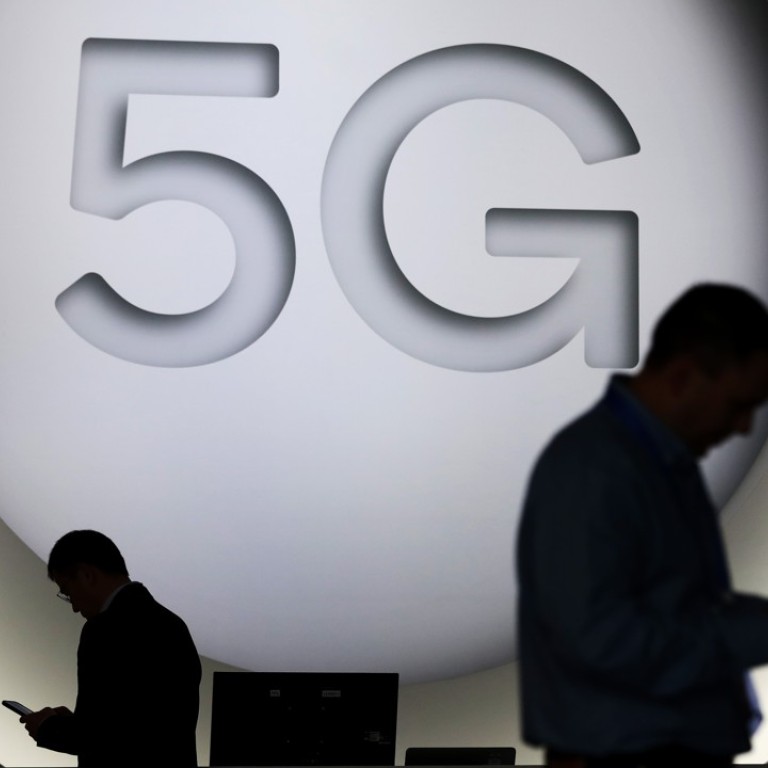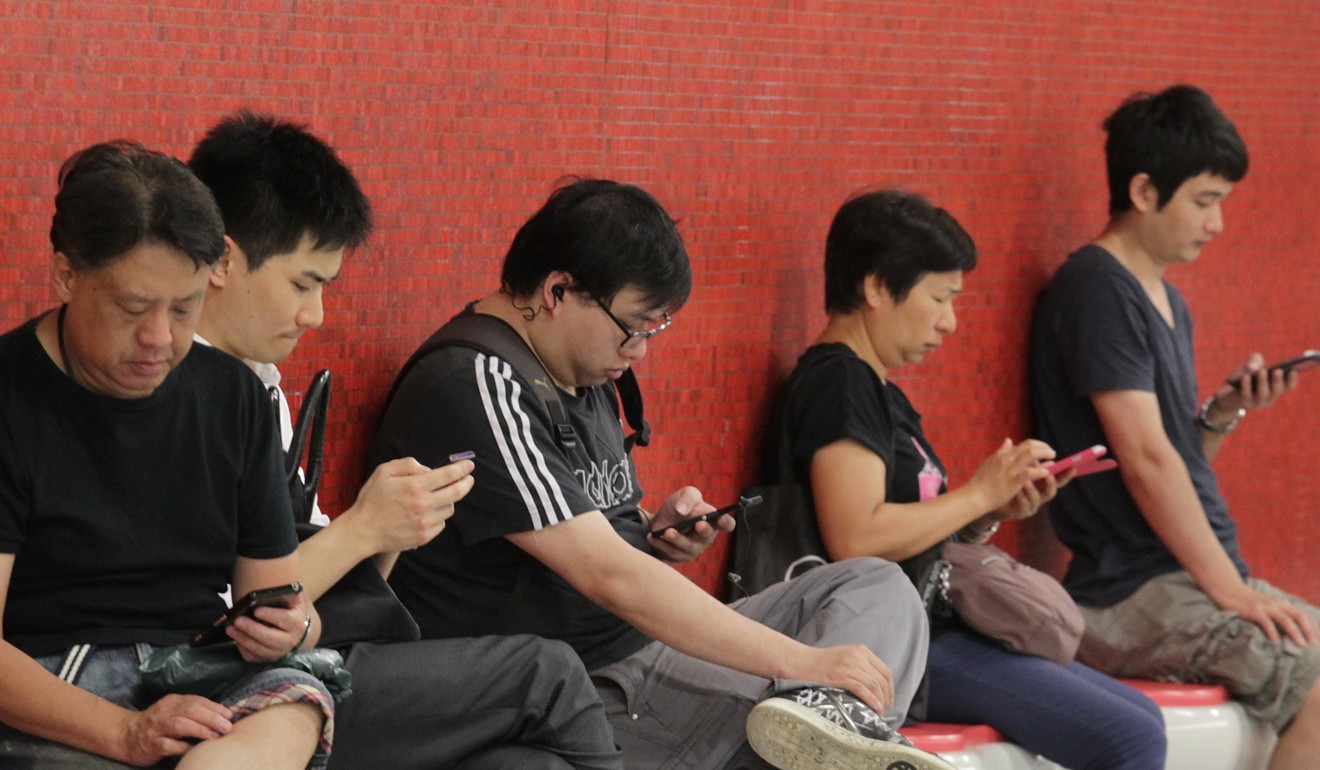
Typhoons and insatiable demand for satellite television causing Hong Kong to fall behind in race for 5G mobile broadband service
Chaucer Leung, a deputy director general at the Office of the Communications Authority, said 5G service was not expected to be available until April next year
Frequent bouts of bad weather and a huge demand for live satellite television have placed Hong Kong behind other developed economies in the race towards implementing next generation 5G mobile broadband services, a senior telecommunication official said on Wednesday.

“Hong Kong is located in the subtropical zone where there are frequent typhoons and rain can be very heavy, which can make a huge impact on wireless radio communications,” Leung said.
To support the ultra-fast wireless 5G service, which enables data to be transferred at a speeds 20 times faster than existing standards, the Communications Authority will have to clear radio frequency space. Some 4,300 megahertz of spectrum are set to be freed from three frequency bands, among which 200 MHz comes from the 3.5 GHz band, and 4,100 MHz from the 26 GHz and 28 GHz bands.
Here’s how 5G is going to change your life
The 3.5 GHz band, a relatively low-frequency band, has been used for satellite television. As for the two other high-frequency bands, 26 GHz is assigned to radio navigation service, fixed service and fixed satellite service, and 28 GHz is not occupied but reserved for satellite service, Leung said.
The high frequency bands are expected to be available for 5G signals in April 2019, and the 3.5 GHz band in April 2020, which would be a year behind South Korea.

Signals transferred through high frequency bands could easily fail under heavy rain, and therefore satellite television services have been “relying heavily on the 3.5 GHz band” for stable transmission, Leung said.
To make space in the 3.5 GHz band, “we also had to figure out how to smoothly move away satellites currently using the [3.5 GHz] band, and how to ensure that signals will not interrupt each other when future [5G] mobile communications are loaded on the band,” he added.
Hong Kong gears up for dawn of 5G mobile services
“You don’t want to see your TV go blank during a live broadcast of a foreign football match, of which the signals are transmitted through satellites, do you?”
To resolve the problems, the authority commissioned a consultancy study on ways to enable compatibility between public mobile services and fixed satellite service operation in last August.
Everything you need to know about 5G
“The research was so challenging that soon after the findings came out in March, Singapore invited us to share our experiences at an international conference in June,” Leung said, adding that many Southeast Asian countries have been facing similar obstacles.

Leung said all four mobile network services providers in Hong Kong are interested in bidding for spectrums in the 3.5GHz band at an auction next year.
However, the government might not need to open tender for the spectrums from the 26GHz and 28Ghz bands because “only 10 letters of intent were collected from the industry” from December 2017 to January, Leung said.

